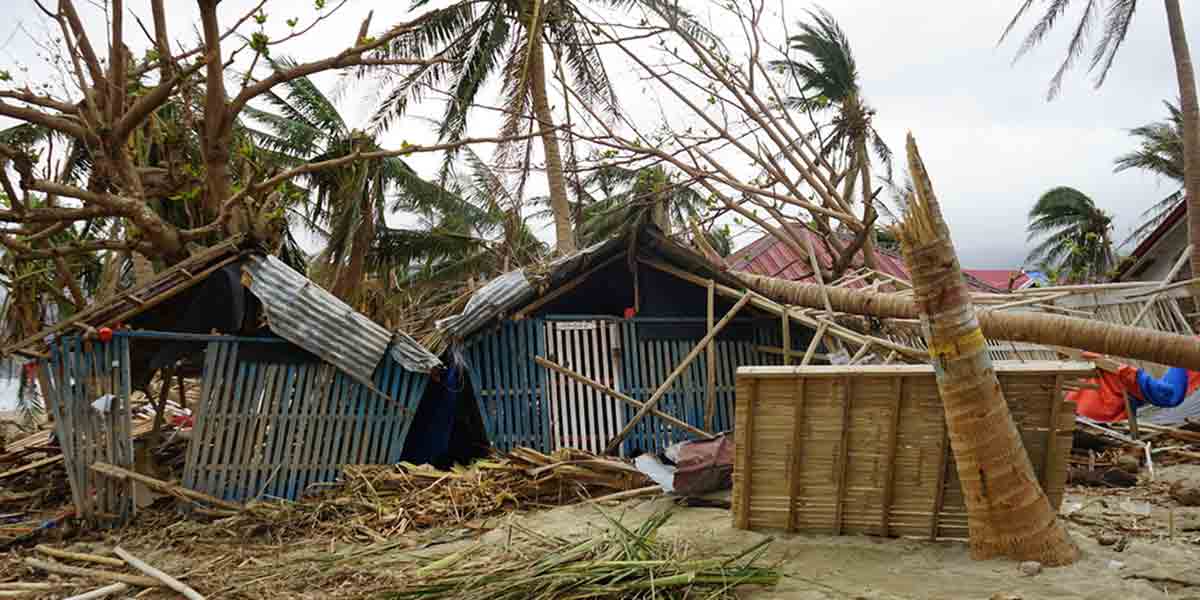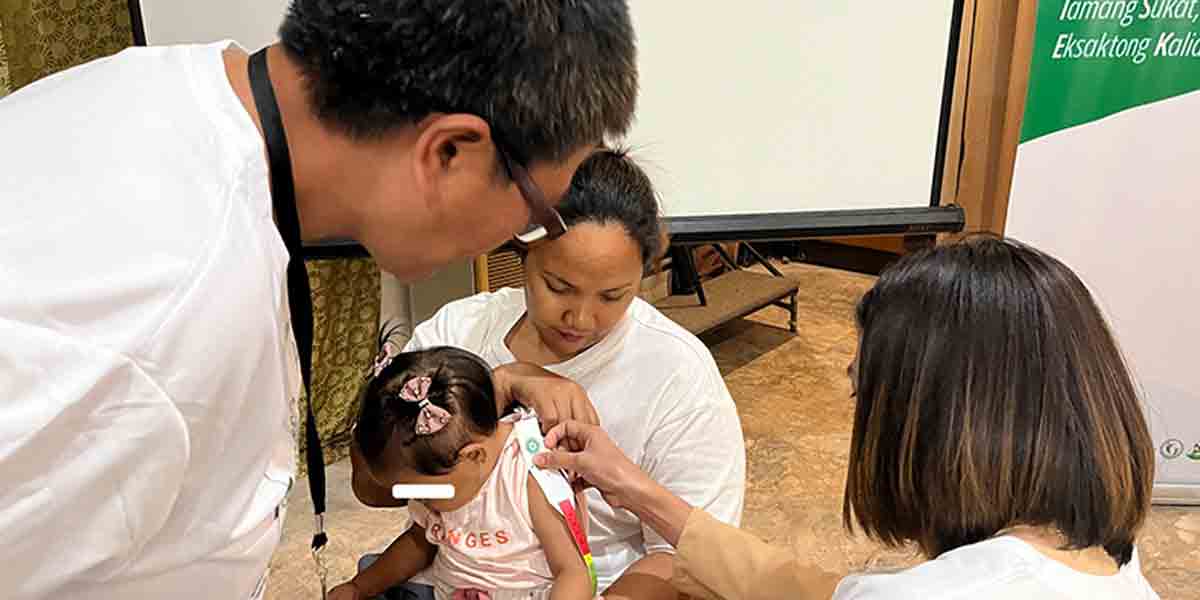
About two-thirds of maternal deaths, newborn deaths and stillbirths could be prevented by 2035 if the current level of care by professional midwives educated and regulated to international standards was scaled up to provide universal access, finds a new study led by the United Nations Population Fund (UNFPA), WHO, and the International Confederation of Midwives published today in the Lancet Global Health.
The study’s modelled estimates indicate that where midwife-delivered interventions such as family planning, diabetes management, assisted delivery and breastfeeding support take place, 4.3 million lives could be saved per year by 2035.
“These findings should leave no doubt in the minds of ministers of health, education and finance that midwife-led interventions have the potential to save the lives of women and their newborns at a vast scale,” says Elizabeth Iro, WHO Chief Nursing Officer. “Now it is time to act. We must take urgent action to invest in midwives.”
Greater investment in professional midwives, a profession categorised by the International Labour Organization as distinct from nursing, could improve the survival of mothers and babies, particularly in low- and middle-income countries. To realise this potential, midwives need education and training to international standards, to be part of a supportive and skilled team, and work in an environment with adequate water, sanitation and medical supplies.
The study is based on modelled estimates of deaths averted in 88 low- and middle-income countries that account for more than 95% of global maternal and newborn deaths and stillbirths. These countries have severe health workforce shortages: they are home to 74% of the world’s population but just 46% of the world’s doctors, nurses and midwives.
The new study follows a 2014 publication in The Lancet Series in Midwifery and uses the Lives Saved Tool (LiST) which models variations in deaths based on the uptake, effectiveness and impact of about 30 midwife delivered interventions. Using an updated version of LiST, the current study provides three scenarios on the impact of increasing the provision of midwife healthcare around the world. The three scenarios include: achieving universal coverage by 2035; increasing coverage of midwife-delivered interventions by 25% every 5 years; or increasing coverage by 10% every 5 years.
Improving the health of mothers and newborns remains an important priority on the international agenda and there has been an increasing awareness around the role of midwives in addressing this need, including through WHO’s campaign on the year of the nurse and wife.



















